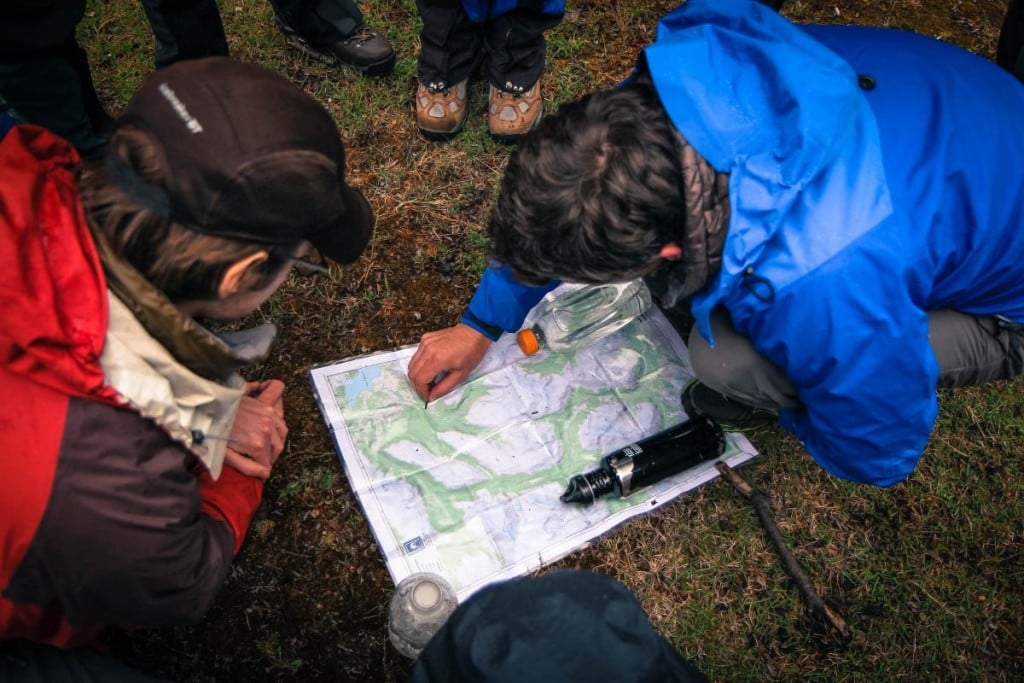Vision and action. Seeing the goal, then moving towards it. It sounds simple, especially when you’re the only person working on the task.
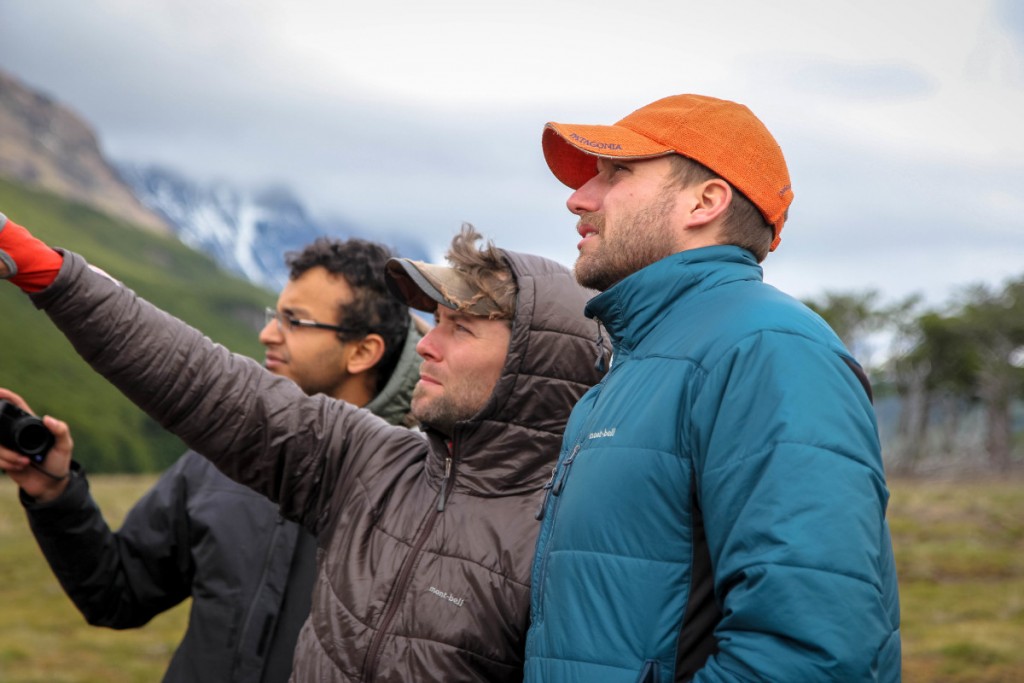 Photo courtesy of Alex Chang - Cornell Leadership Expedition in Patagonia.
Photo courtesy of Alex Chang - Cornell Leadership Expedition in Patagonia.But how do you make that “action” part happen when you’re part of a team and the success of the goal depends on a bunch of other people?
This is where true leadership skills come into play. Vision and action isn’t just about moving towards the goal. It’s about making sure everyone on the team is motivated to accomplish the goal, whether that’s making a backcountry banquet out of everyone’s leftovers or convincing a group of third-graders that washing their hands before eating is a good idea.
Here are a few ways you can implement vision and action in a team setting.
1. Formulate the vision
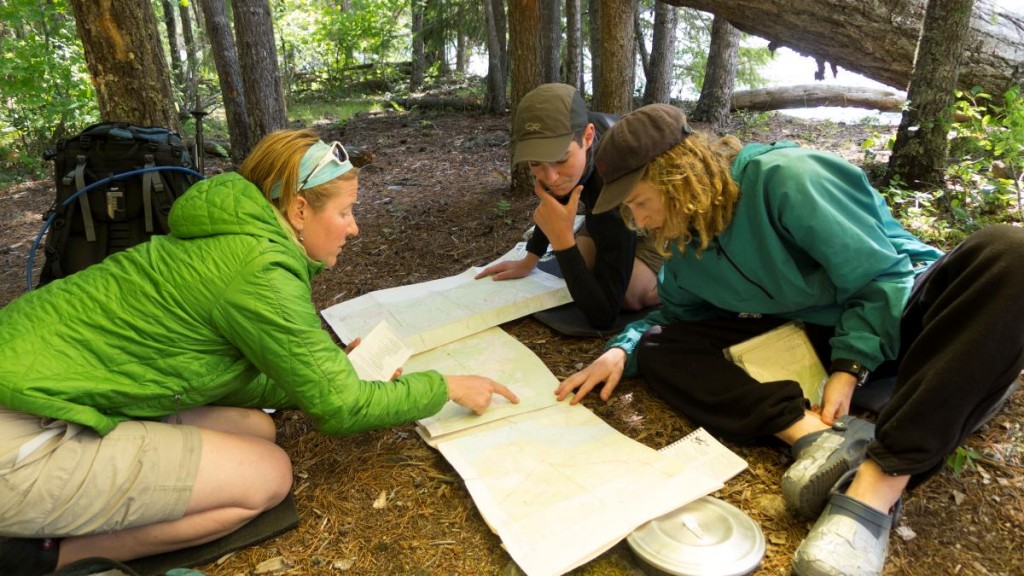 Photo by Ben Lester.
Photo by Ben Lester.The bigger the goal, the more crucial this stage is to ensure that you and your team are prepared to make the vision happen.
Figure out what your end goal is. Write it down, say it loud, do whatever you need to make it real. Then, make the action plan you and your team will use to get there.
2. Get everyone on the same page
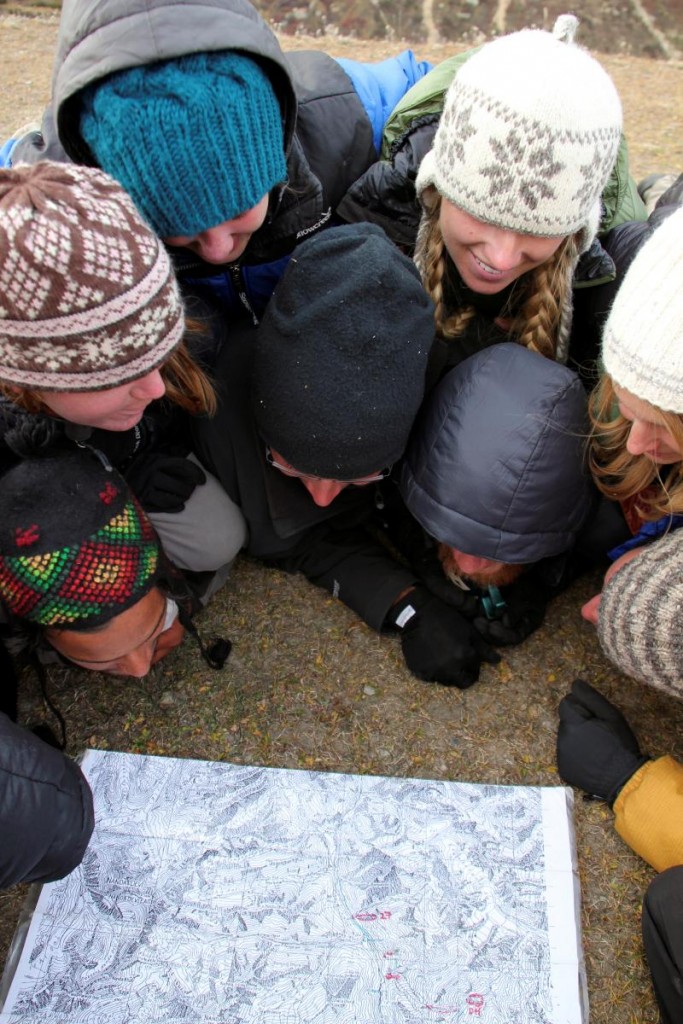
Having people both understand and care about the final vision is key. Remember when your parents told you “just because” when you asked them “why?” That answer probably didn’t encourage you to do what they asked.
In the same way, be transparent with your team and explain how all of their contributions fit together to make the end goal happen.
3. Ask questions
 Photo by Brad Christensen.
Photo by Brad Christensen.
If you don’t understand the vision or your role in the group, it’s your responsibility to ask for clarification so that you can actively contribute. Don’t do that thing where you just look busy, but aren’t actually doing anything, because you’re too embarrassed to ask.
4. Divide tasks appropriately
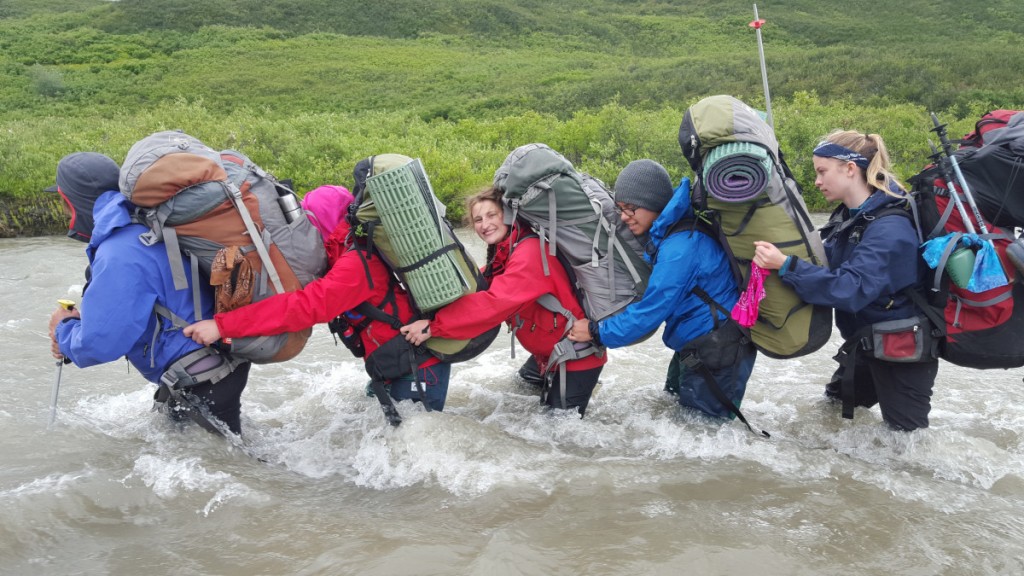 Photo by Bria Schurke.
Photo by Bria Schurke.Teams contain members with diverse skills for a reason: one person cannot do everything! Do tasks that play to your strengths or develop needed skills, and help your team members do the same.
Imagine what it takes to set up a camp: putting up the tent, starting the stove, carrying water, prepping dinner, and practicing self-care by changing out of wet clothing. If one person insists on doing it all, nothing gets done. Trust your team to do their jobs, and make sure you get yours done, too.
5. Be prepared for change
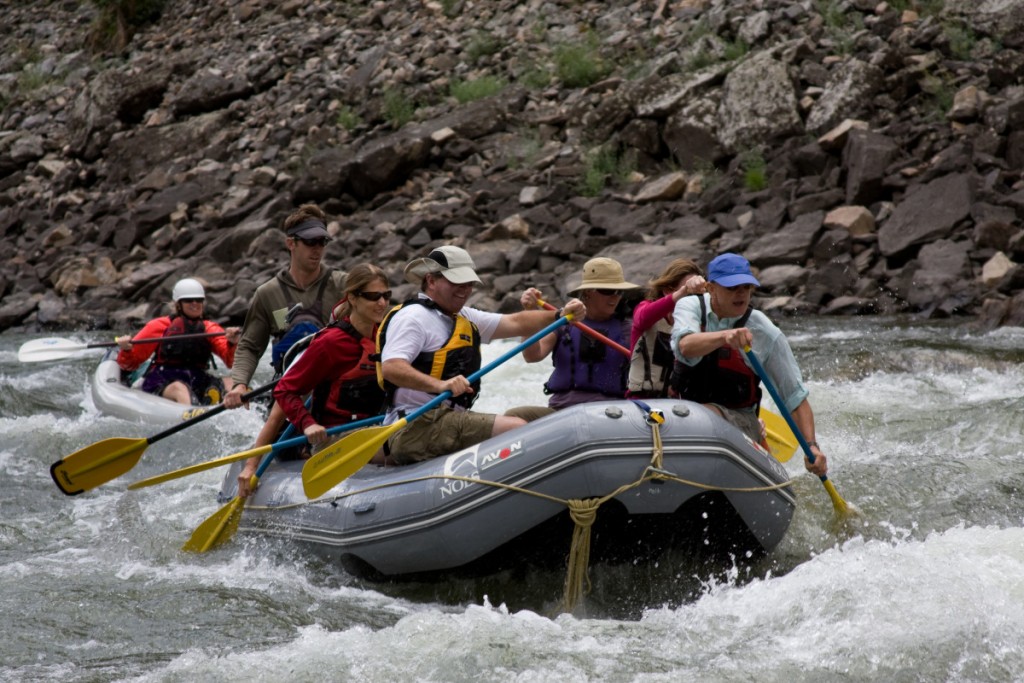 Photo by Brad Christensen.
Photo by Brad Christensen.With any long-term project, things inevitably go wrong. It might be raining the day you planned to go hiking, or one of your team members might win the lottery and take off on a six-month vacation. When these obstacles arise, you may need to adjust your action plan, or even reformulate the vision entirely.
Changing the plan does not mean the whole thing failed. The world is a dynamic place and things change all the time, whether that’s the weather on a mountain or learning to manage new regulations in the workplace.
If things need to change in order to accomplish the goal, or the goal is no longer realistic or even possible, being flexible and aware of your team and environment are what will help you continue moving forward.
Bring customized leadership training to your team with NOLS.
Editor's Note: Post updated 12/7/17
Written By
Molly Herber
Molly is a NOLS instructor and writer. She loves the smell of her backpack and does her best writing before 7:00 am. When she's not scouting the next post for the NOLS Blog, she's running and climbing on rocks in Wyoming. Follow her on Instagram @mgherber



